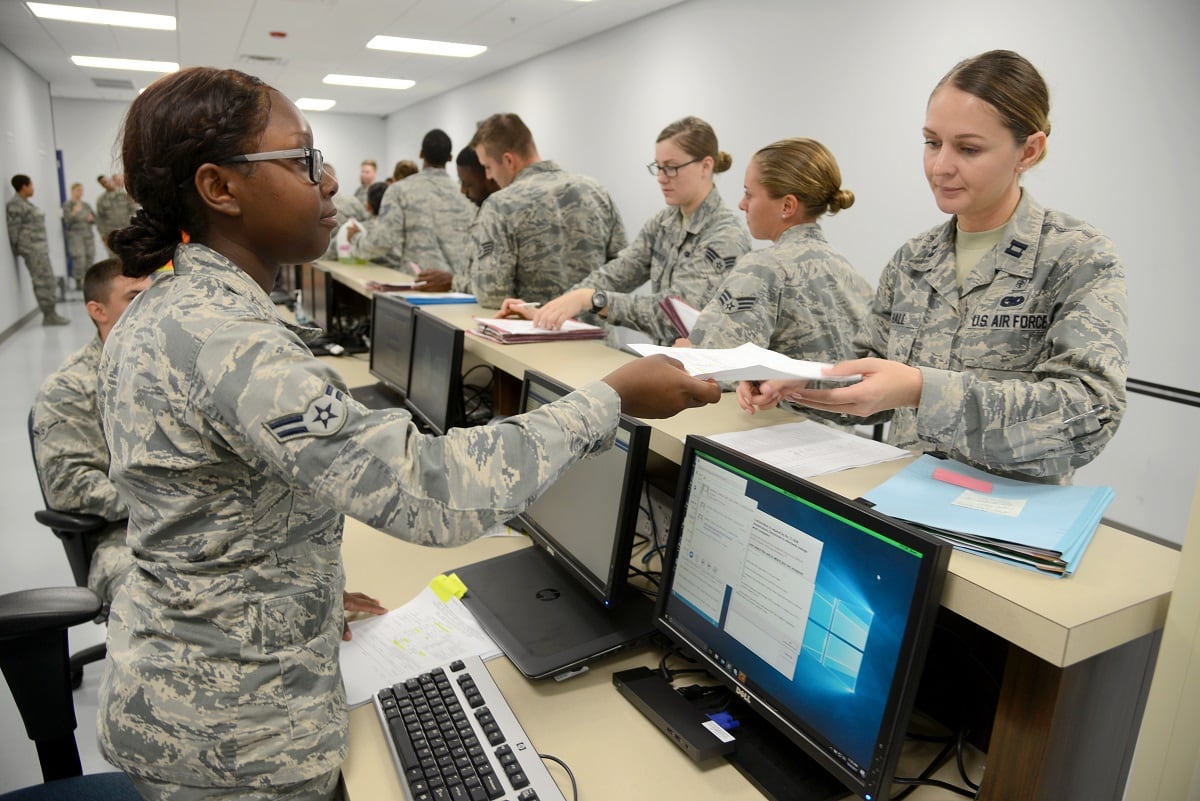The Trump administration is working to deliver a win for veterans that prior administrations could not: a unified electronic health record (EHR) solution between the Department of Defense (DoD) and the Department of Veterans Affairs (VA).
The solution will give doctors instant and seamless access to veterans’ full-service health records and history. The new solution will compile data from service records so it can be accessed years later by doctors at DoD, VA, and in the private sector, providing clinicians with a full picture of veterans’ medical history and driving faster, smarter connections between military service and health outcomes.
RELATED

Republicans, Democrats, and veterans want this change, and we are on the way to realizing this dramatic improvement.
Here is how the Trump administration is working to accomplish this important goal:
First, we created the Office of Electronic Health Record Modernization (OEHRM) to oversee the transition. John H. Windom oversees OEHRM as the office’s executive director.
While at DoD, Windom led a team to acquire, test, integrate and begin deploying a new EHR solution for more than 9.6 million service members and their beneficiaries — the very system to which VA is transitioning.
Second, we made sure we understood the scope of the problem. This ambitious project is not just about synching DoD and VA records. It is about making VA health records compatible with each other — across the different systems where a veteran has received care — something that has never been done.
The Trump administration inherited VA’s legacy EHR, the Veterans Health Information Systems and Technology Architecture (VISTA), a system that even today uses more than 100 different ways to collect and maintain patient records across the country. No administration has successfully created a single longitudinal health record before, but we intend to deliver this capability for veterans.
A related challenge is making sure we get VA staff up to speed with how to collect, enter and use health data under the new system. Proper education and training take time, and it is a big part of the reason why we are cascading deployment of the new EHR solution over 10 years. Caring for veterans remains our top priority, and VA is committed to supporting clinicians and care providers throughout the transition to maintain high-quality health care for veterans.
Third, we are closely aligned with DoD as it implements the same EHR solution. We work closely with DoD to capture lessons learned from their deployment and make VA’s implementation as smooth as possible.
When transitioning to a new EHR solution, many organizations struggle with change management and training, but VA is learning from DoD’s experience and ensuring it gains as many efficiencies as possible.
Fourth, we are hitting our deadlines. A data center will host all VA data and serve as the backbone of our new health record solution — and we completed it ahead of schedule.
RELATED

We are on track to start using the new EHR solution at three VA medical centers in Washington state by April of 2020. VA will first deploy its EHR solution at Seattle, American Lake, and Mann-Grandstaff medical centers. These three were chosen as initial operating sites in alignment with DoD’s deployment schedule.
And finally, we are rolling out the new EHR solution at an achievable pace. The contract I signed to implement sweeping EHR reforms ensures uncompromised care to veterans by allowing VA to maintain legacy systems until all VA facilities have transitioned to the new EHR and provide comprehensive, on-site training and support to clinical and administrative staff.
The new EHR solution was a 10-year contract for a reason. It calls for a rolling implementation schedule through 2027, one that will move about a dozen hospitals to the new solution each year starting in 2021, along with dozens of associated VA clinics. We will be looking for and anticipate efficiencies along the way, and look forward to delivering our new solution to our veterans.
That schedule aligns with VA’s broader goal of making sure we avoid any possible risks to patient safety while we undergo this massive modernization effort.
Is there anything about VA’s EHR modernization effort that’s easy? No.
That is why we will continue to resist the pressure to rush the process and stay focused on doing it right. Neither veterans nor taxpayers want to see billions of dollars spent on another failed attempt.
They want a lasting result. That is why we are taking the time to do it right, to finish the job we started, and to fundamentally change how VA delivers veteran-focused, provider-friendly care.
Robert Wilkie (@SecWilkie) is secretary of the U.S. Department of Veterans Affairs.





